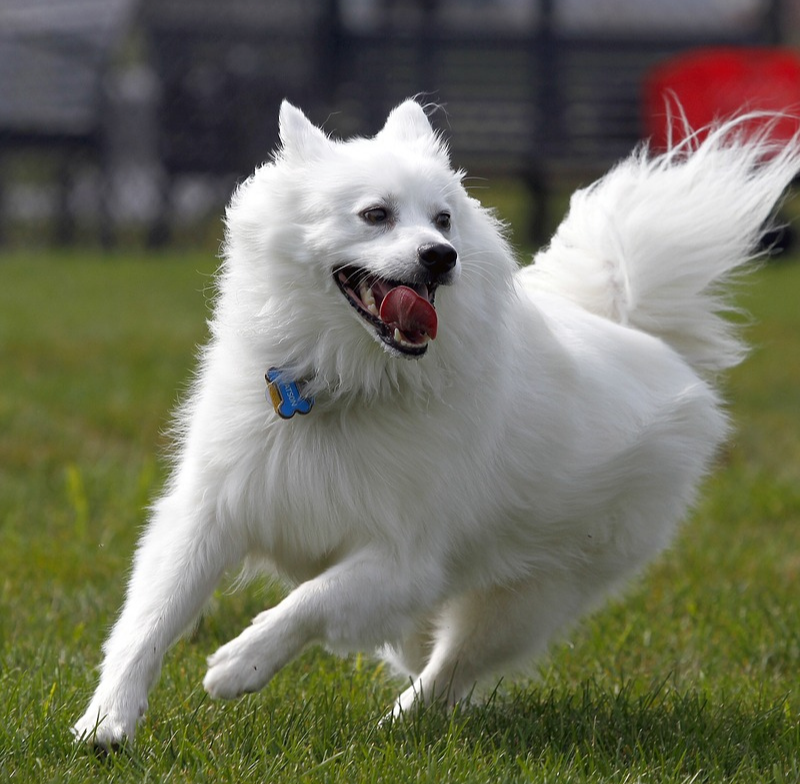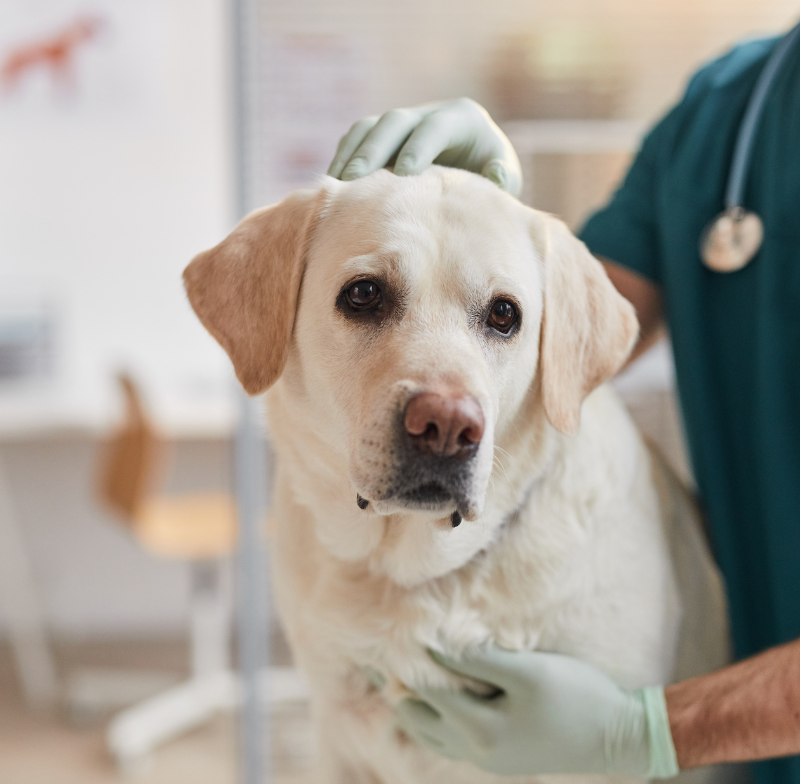Dogs are usually full of energy and affection, but just like humans, they can have off days too. If your dog is feeling down, it’s important to recognise the signs and understand what might be causing the change in their mood. Whether it’s due to illness, boredom, a change in routine, or something more serious, there are many ways to lift their spirits. In this guide, we’ll cover everything from signs to look for, reasons behind their sadness, ways to cheer the dog up, and when a vet visit might be necessary.
Signs Your Dog is Feeling Down
Understanding your dog’s behaviour is the first step to identifying if they are feeling down. Here are some key signs to look out for:
- Lethargy – If your dog is sleeping more than usual or seems uninterested in activities they usually enjoy, it could be a sign of low mood.
- Loss of Appetite – A sudden decrease in eating or refusing treats can be a sign of emotional distress or illness.
- Avoiding Interaction – If your normally affectionate dog starts avoiding you, hiding, or not responding to their name, they may be feeling down.
- Excessive Licking or Chewing – Some dogs comfort themselves by licking or chewing excessively, which can lead to sore patches or bald spots.
- Whining or Whimpering – Unusual vocalisations, especially if paired with pacing or restlessness, can indicate sadness or discomfort.
- Lack of Interest in Walks or Playtime – If your dog usually loves going for walks or playing with their favourite toy but suddenly seems indifferent, something may be wrong.
- Changes in Bathroom Habits – Accidents in the house or constipation could be linked to stress or emotional distress.
Why is My Dog Feeling Down?
There are several reasons why your dog may be feeling down, and understanding them can help you find the best way to cheer them up.
- Boredom and Lack of Stimulation – Dogs need mental and physical stimulation. If their routine becomes monotonous, they may start feeling down.
- Loneliness or Separation Anxiety – If your dog spends long hours alone, they may feel isolated and sad.
- Change in Routine or Environment – Moving house, a new pet, a new baby, or even a change in your work schedule can impact your dog’s mood.
- Loss of a Companion – If a fellow pet or a beloved family member has passed away or left the home, your dog may grieve.
- Illness or Pain – Sometimes, a dog’s sadness is linked to underlying medical conditions, including infections, arthritis, or digestive issues.
- Poor Diet – Low-quality food or a lack of proper nutrients can affect your dog’s energy levels and mood.
- Lack of Socialisation – Dogs are social animals. If they’re not meeting other dogs or people, they may become withdrawn.
How to Cheer Your Dog Up
If your dog is feeling down, there are plenty of ways to bring back their happy spirit.
Improve Their Daily Routine
- Regular Walks – Exercise is essential for a dog’s mental and physical well-being. Try to introduce a longer walk or explore a new route to make it more exciting.
- Engaging Playtime – Interactive games like fetch, tug-of-war, or puzzle toys can stimulate your dog’s mind and lift their spirits.
- Socialisation – Arrange playdates with other friendly dogs, visit a dog park, or consider doggy daycare a few times a week.
Training and Mental Stimulation
Training isn’t just for teaching commands—it also provides mental engagement. Learning new tricks can boost your dog’s confidence and improve their mood.
- Trick Training – Simple tricks like “paw,” “spin,” or “fetch” can keep them engaged.
- Scent Work – Hide treats around the house or garden and let them sniff them out.
- Interactive Toys – Food-dispensing toys or puzzle feeders can provide a challenge and keep them entertained.
Comfort and Affection
Sometimes, all your dog needs is a little extra love.
- Cuddle Time – Physical touch, such as petting or gentle massage, can be very soothing.
- Talk to Them – Dogs respond to their owner’s voice, so speaking in a happy, encouraging tone can make a difference.
- Create a Calm Space – A comfortable bed in a quiet, safe area can help your dog feel secure.
Diet and Nutrition
A well-balanced diet plays a huge role in your dog’s emotional well-being.
- High-Quality Dog Food – Ensure they are getting the right nutrients with a balanced diet.
- Omega-3 Fatty Acids – These are great for brain health and can be found in fish-based foods or supplements.
- Natural Treats – Healthy snacks like blueberries, carrots, or lean meats can improve mood without unnecessary additives.
How to Prevent Your Dog from Feeling Down in the Future
Taking proactive steps can reduce the chances of your dog feeling down in the future.
- Stick to a Routine – Dogs thrive on consistency. Feeding, walks, and playtime should happen around the same time each day.
- Introduce New Experiences – Keep life exciting by trying different walking routes, introducing new toys, or organising occasional adventures.
- Ensure Proper Socialisation – Regular interaction with other dogs and humans helps maintain their confidence and happiness.
- Monitor Their Health – Keep up with vet check-ups to catch any medical issues early.
- Provide Plenty of Attention – Even a few extra minutes of focused attention daily can make a big difference.
When to Visit the Vet
If your dog’s sadness persists for more than a few days, or if they show signs of illness or pain, it’s time to consult a vet. Signs that require medical attention include:
- Sudden and extreme changes in behaviour
- Persistent loss of appetite
- Physical symptoms like vomiting, diarrhoea, or limping
- Significant weight loss or gain
- Excessive licking or chewing leading to wounds
A vet will be able to rule out medical conditions and provide guidance on how to help your dog feel better.
Can Medication Help?
In some cases, medication may be prescribed to help a dog with severe anxiety or depression. These may include:
- Anti-Anxiety Medications – Used for dogs with chronic stress or separation anxiety.
- Supplements – Natural supplements like valerian root or chamomile can promote relaxation.
- Pain Relief – If your dog’s sadness is linked to pain, anti-inflammatory medications may help.
Medication is usually a last resort and should only be given under a vet’s supervision.
Is Canine Depression Life-Long or Manageable?
Most cases of canine depression are manageable with the right interventions. Once the underlying cause is identified and addressed, most dogs bounce back quickly. However, if the issue is linked to long-term anxiety, loss, or a chronic health condition, ongoing support may be required. Regular vet check-ups, mental stimulation, and a loving environment are key to ensuring your dog stays happy in the long run.
If your dog is feeling down, there are many ways to cheer them up and lift their spirits. From increased exercise and socialisation to changes in diet and training, small adjustments can make a big impact. Recognising the signs early and taking proactive steps can prevent future episodes. However, if symptoms persist, don’t hesitate to consult a vet for professional advice. Your dog depends on you for their happiness, and with the right care, they can cheer up and return to being their playful, loving self in no time.
Discover more from A Tail of Two Dogs
Subscribe to get the latest posts sent to your email.





Leave a Reply